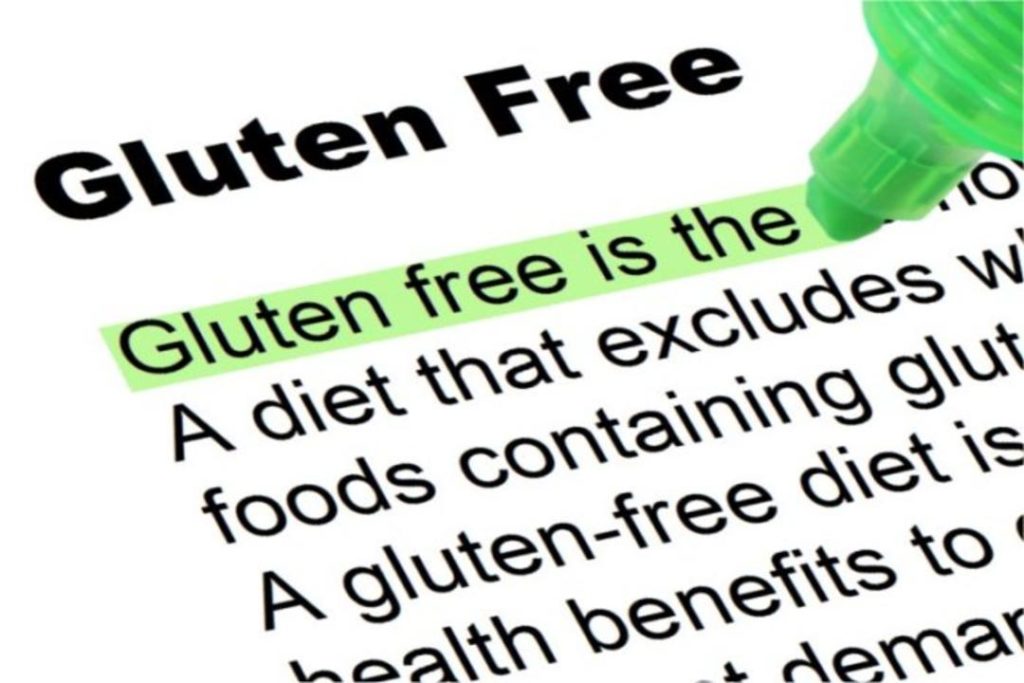
Contents
Celiac Disease
Celiac disease damages an individual’s small intestines. An allergic reaction to gluten is seen in the tissues that line the small intestines and this usually results in gas, abdominal cramps, bloating, weight loss, and/or mineral and vitamin deficiencies. Symptoms of celiac disease can include bloating, gas, diarrhea, weight loss or gain, constant fatigue or weakness, headaches, infertility, depression that does not respond to medication, abdominal pain, bone pain and anemia. For children, symptoms include failure to thrive, short stature, distended abdomen, dental enamel defects, and unusual behavior changes. The only treatment for celiac disease is to follow the gluten-free diet. When gluten is taken out of the diet, the small intestine heals and a return to full health can be expected.What is Gluten?
It is a protein found in wheat, rye, barley and triticale (a cross between wheat and rye) derivatives of these grains, including malt and brewer’s yeast. Gluten is responsible for the cooking and baking properties of these grains. Gluten helps foods maintain their shape, acting as a glue that holds food together.Foods to be Avoided
- Cereals & flour: Avoid All wheat-based breakfast cereals. Wheat, rye, barley, bulgar wheat, spelt, durum wheat, triticale, wheat flour, wheat starch, wheat bran, oat bran, semolina, couscous, malt & malted barley.
- Breads, cakes & biscuits: All bread and bread products – eg, chapatti, naan bread, crispbreads, pancakes, pizza, puddings, wafers, muffins, ice cream cones and pastries & pies.
- Pasta, rice & noodles: Any fresh, dried or tinned pasta and noodles. Processed rice found in salads or ready meals should be avoided.
- Milk, dairy, eggs & dairy alternatives: Check the labels of processed cheese, low-fat cheese spreads, artificial cream, yogurt and some ice creams. Yogurt containing muesli or cereals.
- Some of the Desserts & puddings: Sponge puddings, tarts, and puddings made from flours mentioned above.
- Confectionary, sweets & preserves: Sweets and some chocolate bars & toffees (always check the labels).
- Snack foods: Bombay mix, snacks made from flours as mentioned above.
- Soups, sauces & seasonings: Packet soups & sauces, gravies, soy sauce, ketchup’s, mayonnaise, salad dressings, pickles & chutneys etc. (though some brands may be gluten-free).
- Drinks & alcohol: Barley drinks or squashes, malted milk drinks, instant vending machine drinks, some milkshakes, sports drinks and beer.
Beware of Processed Foods
- Processed fruits, nuts & vegetables that are coated in breadcrumbs/or in sauces.
- Processed potatoes – eg, potato salad, waffles, some chips, instant mash, crisps or potato snacks.
- Processed meats or products coated in batter or breadcrumbs, puddings, stuffing, fish fingers, chicken nuggets, fish cakes, sausages and burgers.